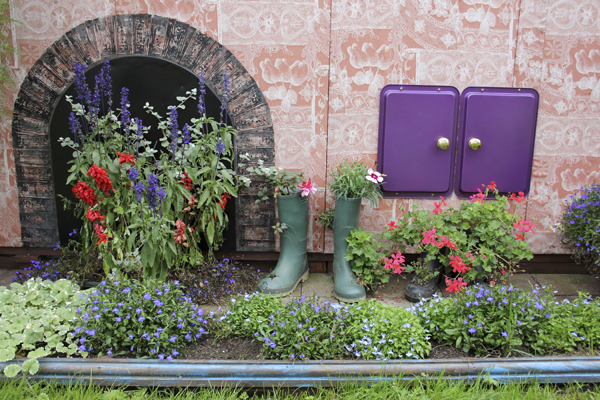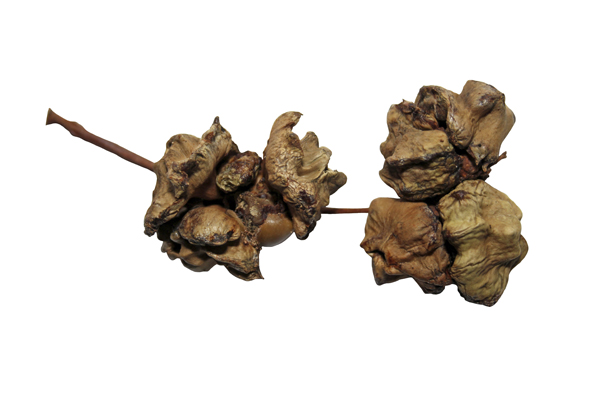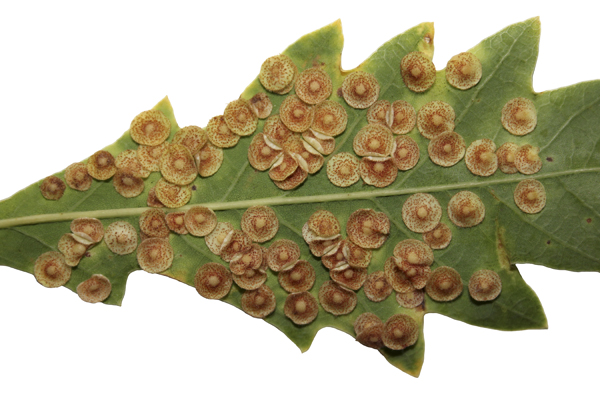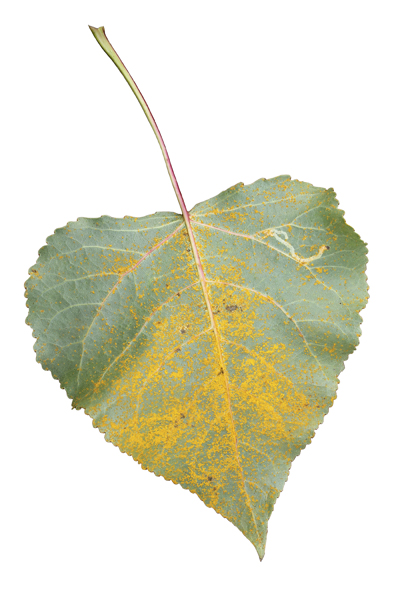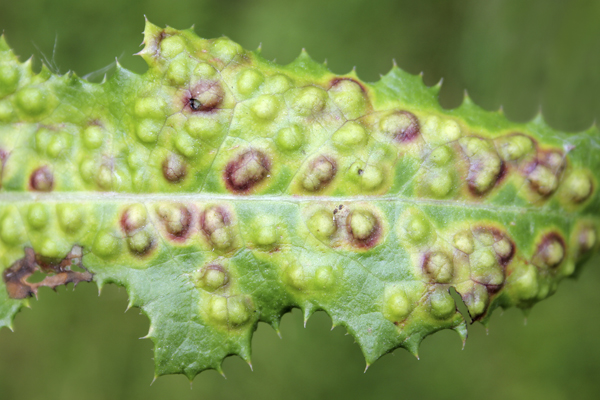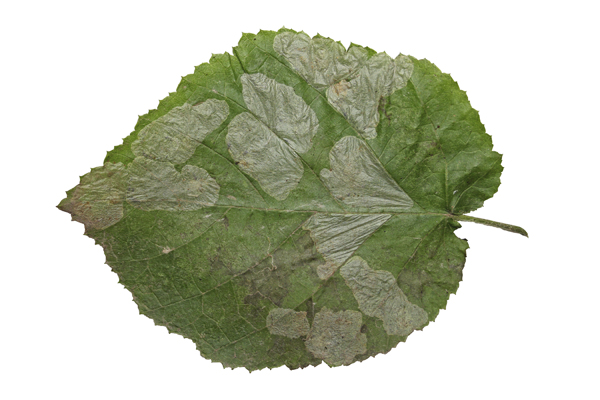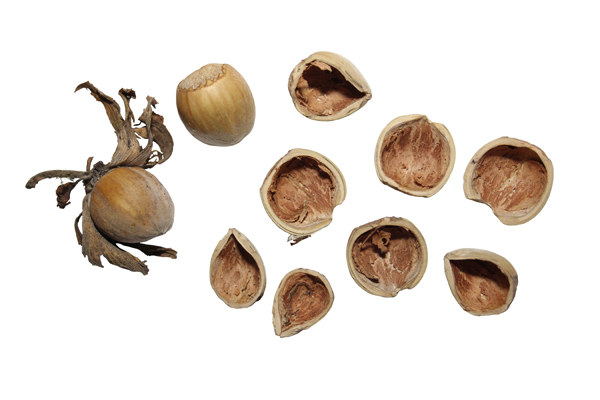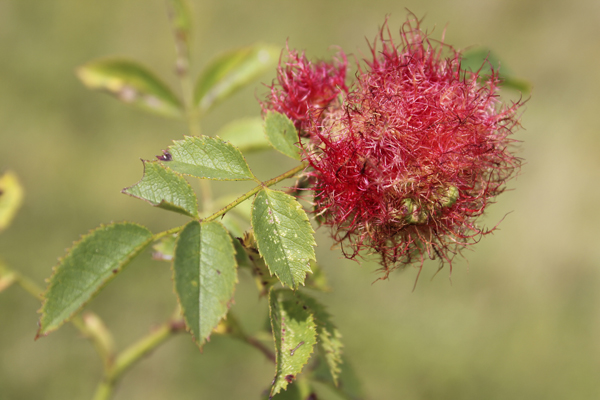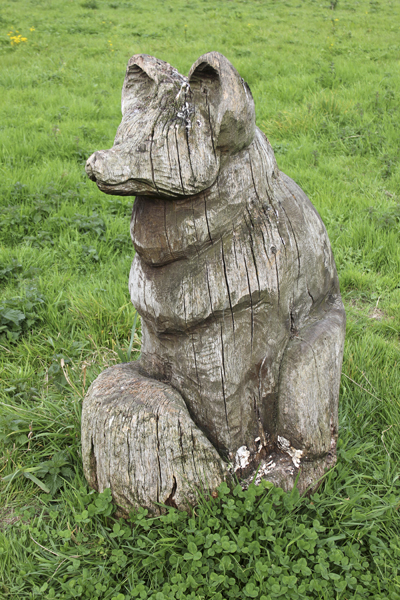A group of MNA members caught the X1 bus from Liverpool One bound for Runcorn. After quick photos of a mural on the side of a building close the bus station depicting Runcorn’s ‘Heroes & Industry’ and the adjacent urban garden we wandered through the back streets heading towards Wigg Island Nature Reserve managed by the Cheshire Wildlife Trust. We noted Hart’s-tongue Phyllitis scolopendrium with lines of sporangia on the underside of the frond were growing from a brick building and House Martins were nesting in the eaves of some modern terrace houses and. A few Blue Tits, Robin, Blackbird and a charm of Goldfinches were in nearby trees. We crossed the Old Quay swing bridge onto the island disturbing roosting feral pigeons, more of which were bathing in the River Mersey. Swallows were zipping after insects above the surface of the water remaining in a narrow tidal channel, two engaged in some amazing tandem twists and manoeuvres that the Red Arrows would have been proud of. On the canal were a few Coot and a Great Crested Grebe moulting into Winter plumage and along the canal bank was a large clump of Scentless Mayweed Tripleurospermum inodorum. A few Shaggy Ink Caps Coprinus comatus were growing in the grass beside the Visitor Centre – one of which was a fresh specimen, the others having matured dissolving into black ink.
A few plants beside the visitor centre were still in flower Scarlet Pimpernel Anagallis arvensis, Dove’s-foot Crane’s-bill Geranium molle and Tansy Tanacetum vulgare. We waited for the rest of the MNA and Liverpool RSPB group member to arrive before setting out. Plenty of Black-headed Gulls and a lone Great Black Backed Gull out on the exposed mudflats in the River with a few Lesser Black Backed Gulls overhead. From the viewing screen we also noted Shelduck, Redshank, Grey Heron and passing Cormorants.
Oak Knopper Galls
Common Spangle Galls
A selection of Galls caused by Gall Wasps were noted on Pedunculate Oak Quercus robur with Knopper Gall Andricus quercuscalicis, Marble Gall Andricus kollari and Common Spangle Gall Neuroterus quercusbaccarum. The latter was also seen on the leaves of a young Red Oak Quercus rubra. Autumn was clearly upon us with a selection of fruiting shrubs and trees including Bramble Rubus fruticosus agg. Hawthorn Crataegus monogyna, Elder Sambucus nigra and Guelder-rose Viburnum opulus. At the canal were a few Coot, Mallards and a pair of un-ringed Mute Swans with three of this year’s cygnets. Ron Crosby had earlier caught sight of a Kingfisher as had John Clegg on his recce during the week. I noted that a number of Poplar Tree Populus sp. leaves were covered in a Rust Fungus later identified as Melampsora medusa.
Rust Fungi Melampsora medusa
We wandered along the path overlooking the construction site for the new River crossing. A few Hoverflies were taking advantage of few Dandelion Taraxacum officianalis agg. and Common Ragwort Senecio jacobaea still in flower including Dronefly Eritalis tenax, Tapered Dronefly Eristalis pertinax, The Footballer Heliophilus pendulus, Syrphus ribesii and a male Long Hoverfly Sphaerophoria scripta. We stopped for lunch at the picnic tables beside a small pond where a couple of Migrant Hawkers Aeshna mixta were patrolling. Out on the marsh a Buzzard was sat on a post. A pair of Mute Swans circled overhead a couple of times before landing only to be sent on their way by the resident pair with cygnets. Further along a tall viewing hide overlooking a small pond allowed views of Teal and a Little Grebe. Another Buzzard circled in the air harassed by a couple of Carrion Crows
Perennial Sow-thistle Galls
Close by I noted Galls on the leaves of Perennial Sow-thistle Sonchus arvensis caused by the Midge Cystophora sonchi.
Leaf Mines On Hazel
Nibbled Hazelnuts
We continued through a wooded area where there were Leaf Mines on Hazel Corylus avellana leaves caused by the Nut Leaf Blister Moth Phyllonorycter coryli, plenty of Hazel Nuts that had been nibbled by Grey Squirrels Sciurus carolinensis and a few Common Earthballs Scleroderma citrinum. Out into a meadow area there were a few young Dog Rose Rosa canina shrubs one of which had a Bedugar a.k.a. Robin’s Pincushion Gall caused by the Gall Wasp Diplolepis rosae.
Robin’s Pincushion Gall
Fox Carving
We passed a couple of wood carvings – one of a Red Fox the other a Rabbit before entering the Troll Wood where there were a few fungi sculptures designed by artists Mike Green and Angela Sidwell, a mosaic Wild Boar and some wooden Trolls one of which had a Red-legged Shieldbug Pentatoma rufipes perched on it.
If you are interested in the wildlife of the north-west of England and would like to join the walks and coach trips run by the Merseyside Naturalists’ Association, see the main MNA website for details of our programme and how to join us.
A wide photographic selection of birds, marine life, insects, mammals, orchids & wildflowers, fungi, tribal people, travel, ethnography, fossils, hominids, rocks & minerals etc. is available on my Alamy webpage


